Water worlds are exciting targets for planetary scientists.
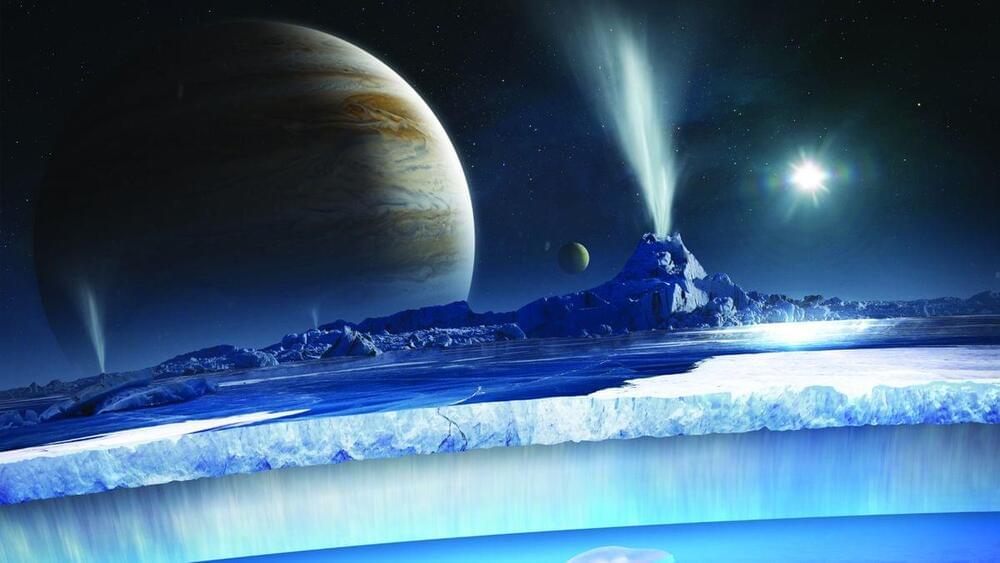

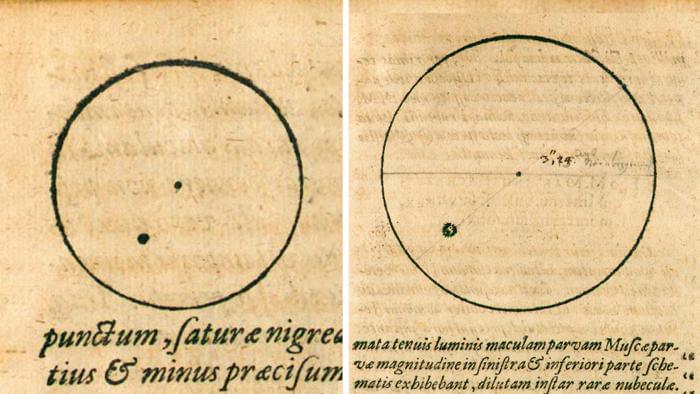
“Kepler contributed many historical benchmarks in astronomy and physics in the 17th century, leaving his legacy even in the space age,” said Hisashi Hayakawa.
How can 400-year-old sunspot drawings help modern-day scientists with solar cycles? This is what a recent study published in The Astrophysical Journal Letters hopes to address as an international team of researchers used 400-year-old drawings of sunspots to better understand solar cycles and how we can study them in the future. This study holds the potential to help researchers use non-electronic scientific tools to gain greater insight into scientific discoveries around the world.
For the study, the researchers examined drawings of sunspots made by Johannes Kepler in 1,607 along with past notes to ascertain which solar cycle these sunspots belonged to, which could help astronomers piece together solar cycles during that time and predict them, as well.
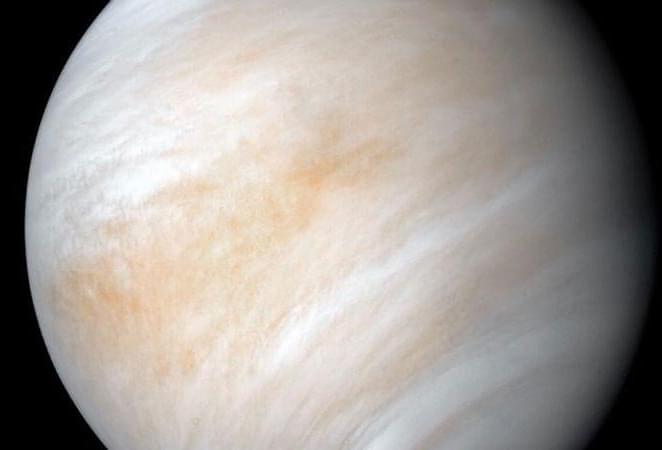
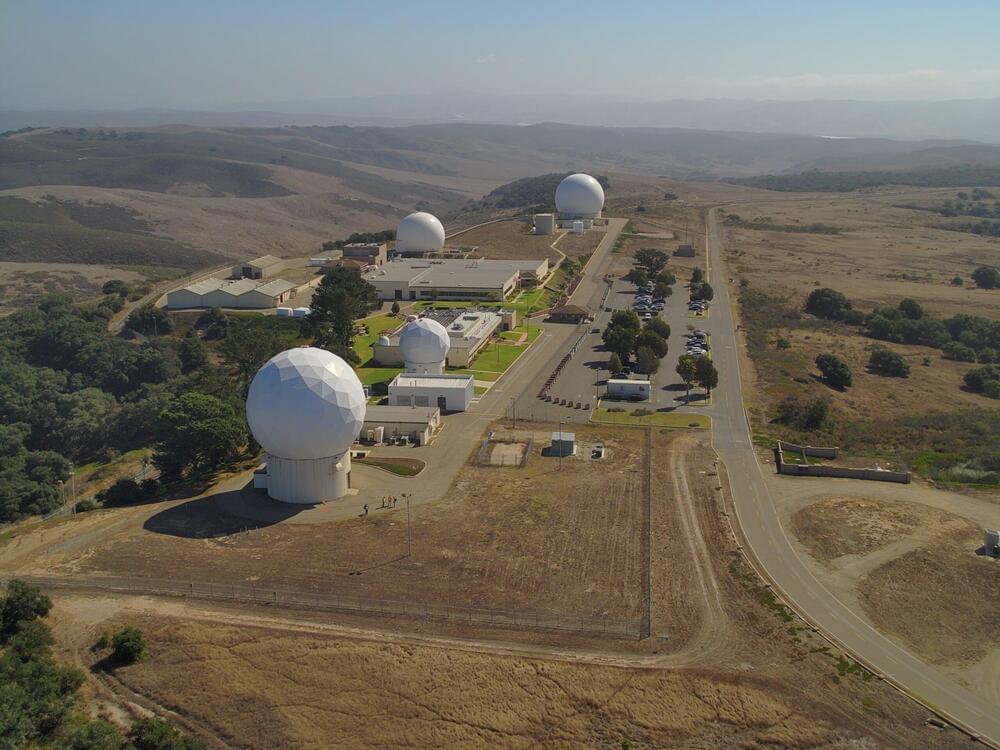
WASHINGTON — The U.S. Space Force awarded Akima’s subsidiary Five Rivers Analytics a $480 million 10-year contract to support and modernize the Satellite Control Network — a decades-old system of 19 globally distributed parabolic antennas spread across several locations worldwide.
Akima, an Alaska Native Corporation-owned defense contractor, won the contract dubbed STORMS (Satellite Control Network Tracking Station Operations, Remote Site and Mission Partner Support).
The STORMS contract is an Indefinite Delivery/Indefinite Quantity (IDIQ) agreement. This type of contract allows the Space Force to procure services as needed over a specified period. It succeeds the previous $445 million CAMMO (Consolidated Air Force Satellite Control Network Modifications and Maintenance Operations) contract won by CACI International in 2016.
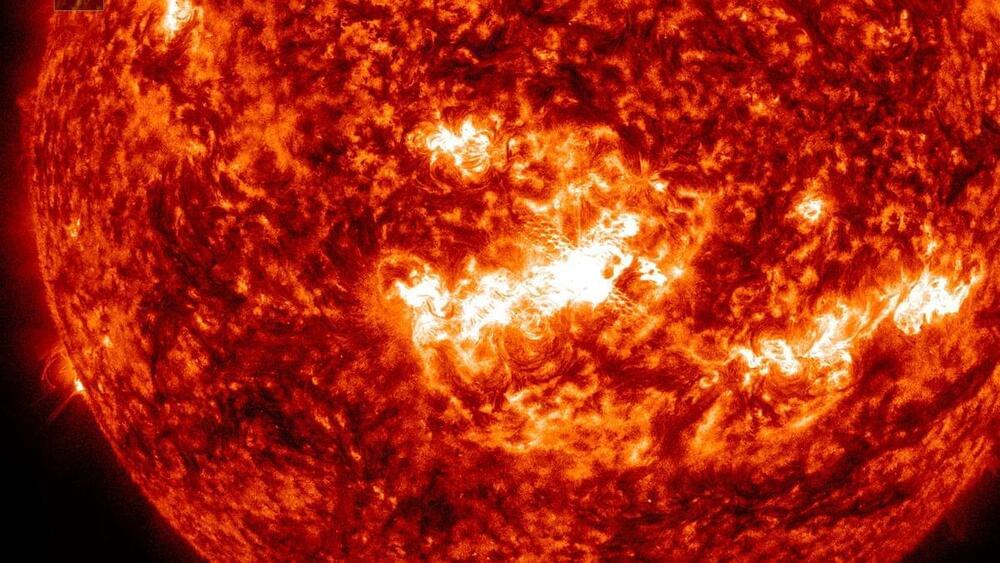
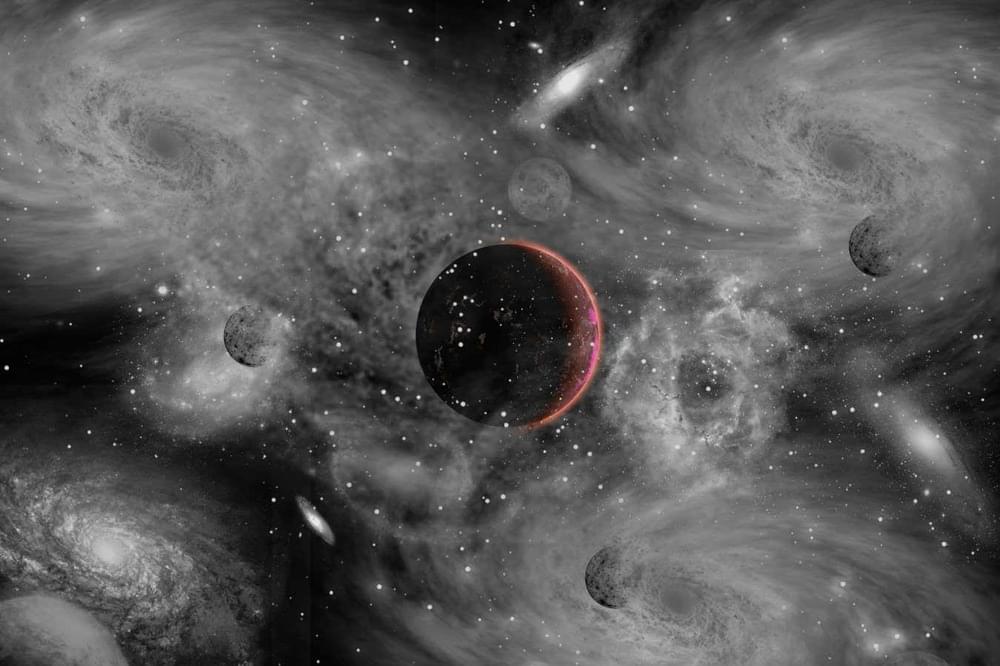
A mathematical model suggests there is an unusual region of space where objects can get pulled into the sun’s orbit – meaning we may have to redraw the boundary of the solar system.
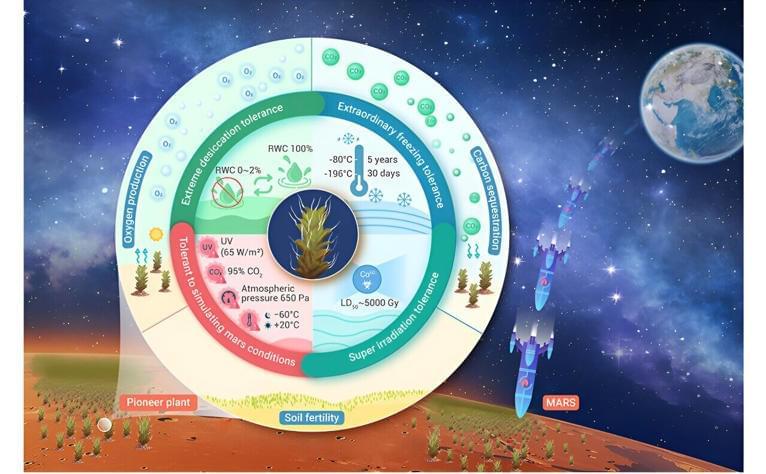
The desert moss Syntrichia caninervis is a promising candidate for Mars colonization thanks to its extreme ability to tolerate harsh conditions lethal to most life forms. The moss is well known for its ability to tolerate drought conditions, but researchers report June 30 in the journal The Innovation that it can also survive freezing temperatures as low as −196°C, high levels of gamma radiation, and simulated Martian conditions involving these three stressors combined. In all cases, prior dehydration seemed to help the plants cope.
“Our study shows that the environmental resilience of S. caninervis is superior to that of some of highly stress-tolerant microorganisms and tardigrades,” write the researchers, who include ecologists Daoyuan Zhang and Yuanming Zhang and botanist Tingyun Kuang of the Chinese Academy of Sciences. “S. caninervis is a promising candidate pioneer plant for colonizing extraterrestrial environments, laying the foundation for building biologically sustainable human habitats beyond Earth.”
A small number of previous studies have tested the ability of microorganisms, algae, lichens, and plant spores to withstand the extreme environments of outer space or Mars, but this is the first study to test whole plants.
Utilizing data from NASA ’s Fermi Gamma-ray Space Telescope, researchers discovered a unique energy peak in the aftermath of the brightest Gamma-Ray burst ever seen, suggesting the annihilation of electrons and positrons. This finding provides new insights into the behavior of cosmic jets and the extreme conditions following such bursts.
In October 2022, astronomers were stunned by what was quickly dubbed the BOAT — the brightest-of-all-time gamma-ray burst (GRB). Now an international science team reports that data from NASA’s Fermi Gamma-ray Space Telescope reveals a feature never seen before.
Unprecedented Spectral Feature Identified.
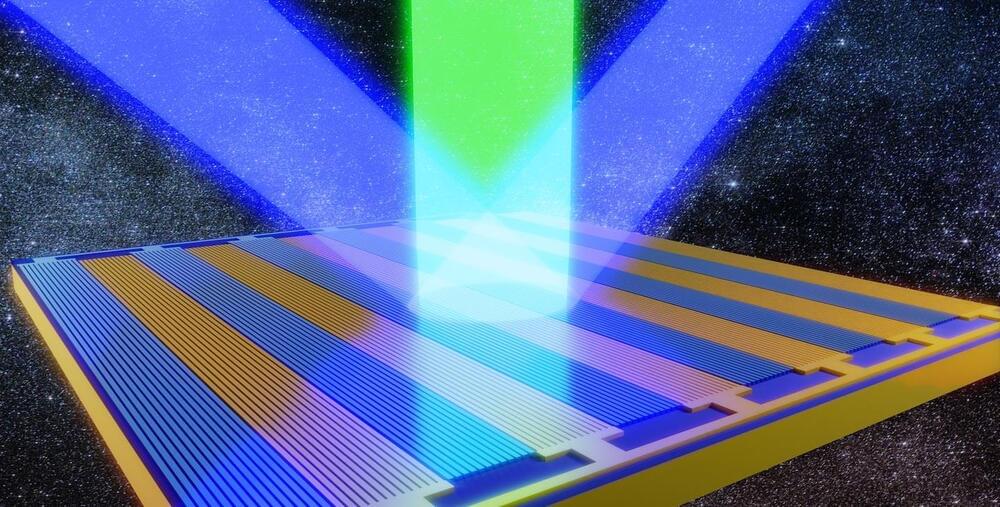
Caltech engineers have introduced an innovative metasurface that manipulates light to provide multiple communication channels at optical frequencies.
This technology promises to enhance data transmission in various fields including space communications and LiDAR, moving beyond traditional electronic methods and offering substantial bandwidth improvements.
Revolutionizing Wireless Communication With Metasurfaces.
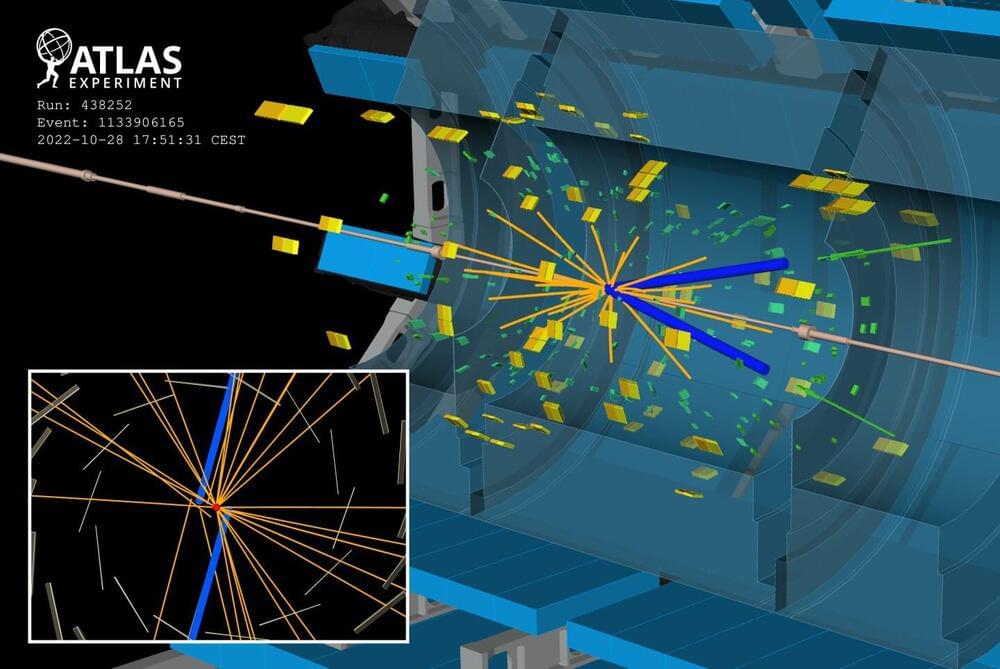
Despite its immense success in describing the fundamental building blocks of matter and their interactions, the Standard Model of particle physics is known to be incomplete. Experiments around the globe and in space are therefore searching for signs of new physics phenomena that would guide physicists towards a more comprehensive theory.